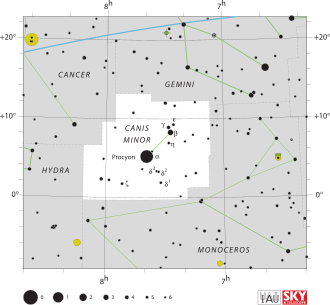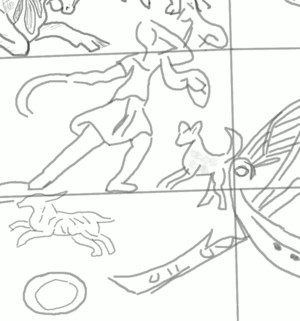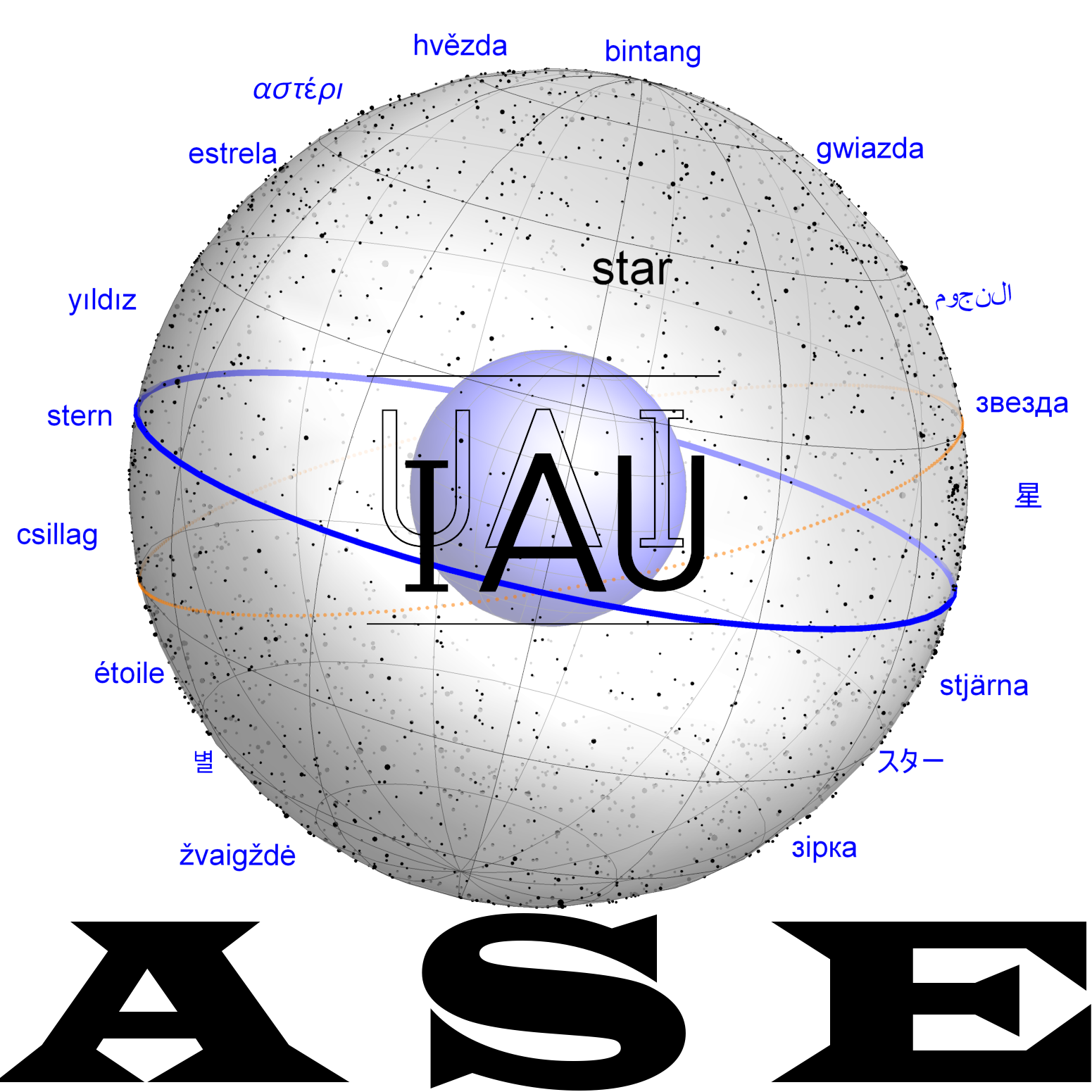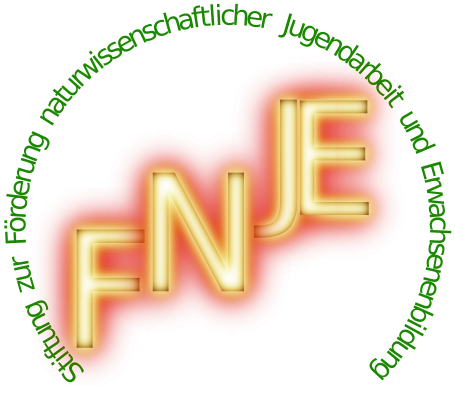Canis Minor
One of the 88 IAU constellations. In antiquity, this area was named "pro kyon", "the one [star] before the dog". The name ‘Little Dog’ for the constellation is first documented by Ptolemy; however, Eratosthenes already mentions a group of three stars, which is the Hound of Orion. In the Almagest, two stars are listed for this constellation. This can therefore never have been descriptive, but was merely a name.
Etymology and History
Aratos, Eratosthenes, Hipparchus and other Greek astronomers call the constellation Procyon, the name we ascribe to the brightest star today. The star Procyon therefore has one of the few original Greek names: ‘pro’ means ‘before’ and ‘kyos’ is the dog. The Procyon is therefore the ‘pre-dog’ or ‘the star that rises before the dog’, as Eratosthenes unimaginatively explains. Ptolemy calls the single star Sirius ‘the dog’ and therefore only a single bright star is the ‘pre-dog’. Just as the Egyptian word ‘Sothis’ for a group of three stars was later reduced to a single star (Sirius), the Greek word ‘Procyon’ suffered the same fate.
The bright star Procyon was possibly used in Mesopotamia as an indicator for the rising of Cancer. The stars in Cancer are so faint that you can barely see them at dusk - but the bright Procyon rises at the same time, which is suitable for telling the time.
Origin of Constellation
Babylonian
Greco-Roman
Aratos
Eratosthenes
Hipparchus
Geminos
Almagest Προκύων
| id | Greek
(Heiberg 1898) |
English
(Toomer 1984) |
ident. |
|---|---|---|---|
| Πρόκυνος ἀστερισμός. | |||
| 1 | ὁ ἐν τῷ αὐχένι | The star in the neck | |
| 2 | ὁ κατὰ τῶν ὀπισθίωυ λαμπρὸς καλούμενος Προκύωυ. | The bright star just over the hindquarters, called Procyon | |
| all | ἀστέρες β, ὧν α μεγέθους α, δ’ ἄ. | {2 Stars, 1 of the lirst magnitude, 1 of the fourth} |






